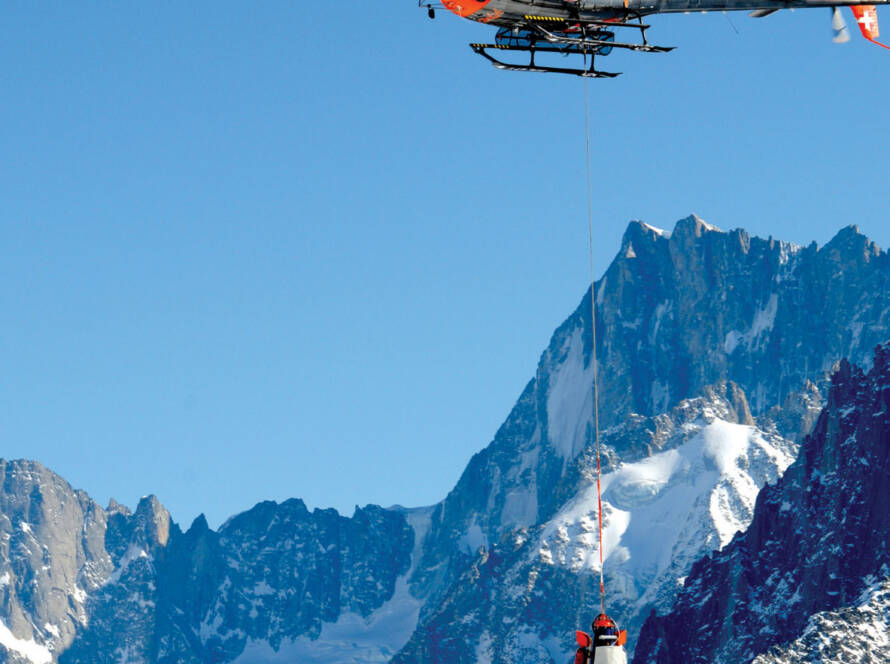By Tim Barnhorst, MountainGuard Insurance
Insurance is regularly looked at as a necessary evil. It’s not the sexiest thing you can buy in the ski industry, but it does come in handy, a lot. In its simplest form, insurance is considered a transfer of risk. In exchange for premium dollars paid by the insured (ski resort), the insurer (carrier) offers to take on the risk associated with the exposure at a resort.
Deductibles can vary from $2,500 upwards of $500,000. Quite often, the size of the deductible relates to the size of the ski area. The exception to this rule is when a ski area has a robust risk management program in place and they assume greater liability by way of a higher deductible. In exchange for a higher deductible, the ski resort might see a reduction in premiums because of what they self-insure or the amount of “skin in the game” as industry calls it. The more a resort’s employees know about what is at stake, the more likely they are to take ownership and make an impact in a risk management program specific to their department.
The goal of insurance is to make the insured whole after a loss. If a lodge burns down in a fire, rebuilding the lodge is critical to the business and working with a claims adjuster, broker and carrier are all part of the process. Preventing the lodge from burning down is equally important.
All losses are not preventable, but buying insurance transfers the risk away from the resort. Try to focus on the high frequency and low severity losses, and how your team can reduce the number of these nuisance claims. You can’t always prevent catastrophic losses that are high in severity and low in frequency, but it is for these types of claims that insurance is most valuable.
The balance-sheet risk taken by the carrier is crucial for paying covered claims and defending ski areas against lawsuits. To make this class of business more palatable, the MountainGuard Insurance program provides in-house underwriting, loss control services and claim handling. With this specialized expertise, the program is able to provide services to MountainGuard’s insureds and simultaneously work with their carrier. Without these key components, the carrier’s appetite for this class of business would be far lower and result in prohibitive pricing.
MountainGuard works with resorts to help manage the risk associated with skiing with the end goals of preventing losses from occurring and to work with organizations to create risk awareness with staff and guests.
A robust and effective safety culture starts at the top with management and ownership and trickles down to the frontline employees. Each person should understand what is at stake and how they can take ownership in the risk management approach. Safety committee meetings are common in this industry and a great place to generate useful ideas to mitigate risk around a resort.
A common myth is that managing risk is expensive. While there are risk management tools that come at a high cost, there are several ways in which employees can affect change without breaking the bank. Incentivizing employees allows them to cultivate a stronger safety culture and can motivate them to come up with innovative risk management ideas that lead to retaining deductibles. For example, reducing or eliminating snowmobile use during operating hours is a no cost risk management effort that could save thousands of deductible dollars if it helps to eliminate future claims.
In addition to employees, guest education is an effective way to implement risk management across a resort. How often do guests read through the skier responsibility code posted at the bottom terminal of lifts? What if each of the seven tenants were spread out individually on a fence so guests could process each tenant, one at a time? The National Ski Areas Association has a plethora of risk management material on their website that will help educate guests and employees.
From “Kids on Lifts” to the #RideAnotherDay campaign, choose the programs that fit best with your resort’s safety programs. Have employees engage with guests during their visit and find fun and creative ways to talk about and promote safety at the mountain. A great place to start is in the children’s programs. Have contests amongst the kids to help promote safety awareness and to get them thinking about the different aspects of ski safety.
Unlike proprietary skier visit data or specific resort ticket yield that are held close to the vest, sound risk management practices should be shared and cultivated across the industry. Sharing these best practices and ideas will only help bolster the overall guest experience and keep them coming back.
One of the best ways to do this is to visit other resorts during winter operations. It is human nature to become used to our everyday environment and that complacency makes it difficult to spot things that might be ineffective and out of place. Visit a local resort or even better, visit a resort that differs in size, location and risk management sophistication.
Risk management is not a static process and implementation is only part of the solution. Find a champion in your organization that is willing to not only implement, but revise, change and enhance your current program. Avoid complacency, keep employees engaged and motivated, and let them help steer the decision making to make an impact on safety culture.
Tim Barnhorst joined the MountainGuard team in Aug. 2010. He is involved in supporting the sales of MountainGuard products and services, as well as working with current MountainGuard clients. Barnhorst earned a BA from St. Lawrence University where he participated as a member of the Men’s Alpine Ski Team and also captained the nationally ranked Men’s Lacrosse Team.
![[image placeholder]](https://www.snowopsmag.com/wp-content/uploads/2025/05/placeholder@1x.png)
